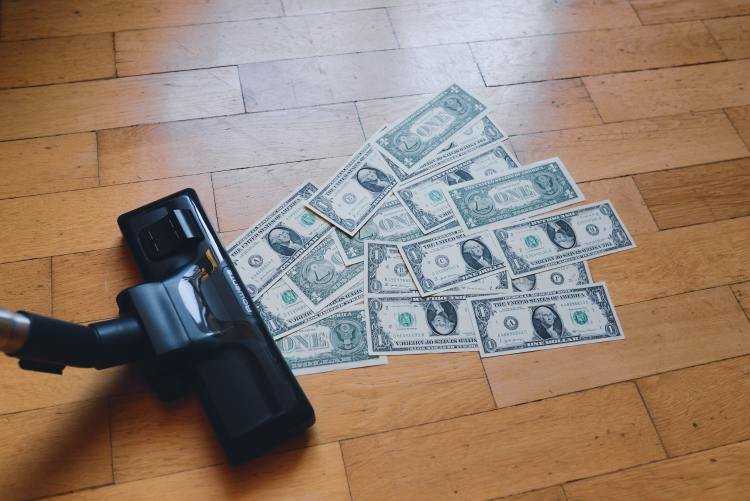What Charles Ponzi’s Scheme and US Entitlement Programs Have in Common

When Charles Ponzi’s investment opportunity to sell international postage stamps was exposed to be a scam in 1920, its basic premise would forever be associated with the man’s name. A Ponzi Scheme promises investors massive returns on an investment that does not really exist. Instead, unknown to everyone but the person or people running it, old investors are paid with money that comes in from new investors. This set up usually goes undetected until the one day when the well of new investors dries up and the money stops flowing in.
The structure of Ponzi’s scheme must have really impressed the policymakers that were coming to age during this era because they would use the same set up for the nation’s new Social Security system in the 1930s. Starting in 1937, employees and employers needed to fund the system and in 1940, retirees began to draw benefits. The financial amount of these benefits dwarfed what the first retirees put in during their working careers. This might seem unfair to most of us, but because there were far more people putting into the system than there were taking out, no one seemed to mind very much.
Medicare’s Downward Spiral
Because of the post war baby boom, Social Security’s scheme was able to work and remain financially solvent. While the public was skeptical of the program at its beginning, more and more people became won over by it as they contributed, saw others benefit, and then eventually benefitted themselves. It was so popular that the government decided to expand its role as a provider of social benefits by introducing the Medicare system in 1965.
There is no doubt that Medicare was an attempt at solving a real problem that most seniors faced in regard to private health insurance; it was very expensive. About three times the amount for a younger person. Today’s Medicare system consists of four parts but for simplicity we will focus on Part A, which is funded through payroll taxes like Social Security. And like Social Security, it is not sustainable over the longer term because it is structured like a Ponzi Scheme where new money needs to flow in to pay the older folks that are cashing out.
Today there are more medical treatments available than there were sixty years ago. This helps people live longer than before which also means they are using more of the system than previous generations did. At the same time, there are fewer workers per beneficiary than before which means more money is flowing out while less money is flowing in. This is the stage of a Ponzi scheme where things are about to fall apart.
The flaws with these systems are not new revelations. In fact, the estimates of when the programs will run out of money comes from the programs themselves. Reform is needed but it’s unpalatable for most politicians because the old investors are a large voting block, and they want their promised returns even if their own money is gone and someone else will be left being stiffed.
Ponzi Schemes and Federal Fiscal Policy
“America always pays its bills” is a slogan that doesn’t seem to make much sense when you really think about it. When I receive my water, electric, and gas bills, the amount due is always the current amount and there are not any past due balances. Once I pay the monthly bill the amount due always returns to zero. This happens because I always pay my bills and therefore, there is not any debt.
Most Americans have credit cards and they help us get by when we are struggling financially. But no responsible lender would raise your limit while you hit it and haven’t reduced your balance in any meaningful way. Nor would anyone issue you a new account once they checked your credit rating as this behavior would result in a low score. The risk is too high that you will default.
But somehow these principals fly out the window when it comes to the federal government, which is $31.4 trillion in debt without accounting for unfunded liabilities. Somehow when they make the claim that they always pay their bills even though they’re paying for it through new debt is okay but if your friend tried to do the same thing, you would think that he is a fool.
As we approached the deadline for the latest debt ceiling limit in May 2023, Treasury Secretary Janet Yellin warned the public that if the limit was not raised allowing us to borrow more, then we would not be able to make payments to the old lenders who were owed and there would have been a default. In other words, the only and absolute way that an old investor was and is going to be paid is if there is a new investor with new money to bring into the system. The funding of our government is a Ponzi scheme.
How Long Can It Last?
Even with the deal that suspends the debt ceiling for two years, the real problem is just getting kicked down the road without providing any meaningful long-term solutions. The spending will continue to outpace the income, and like Charles Ponzi, Bernie Madoff, and many like…
Read More: What Charles Ponzi’s Scheme and US Entitlement Programs Have in Common

